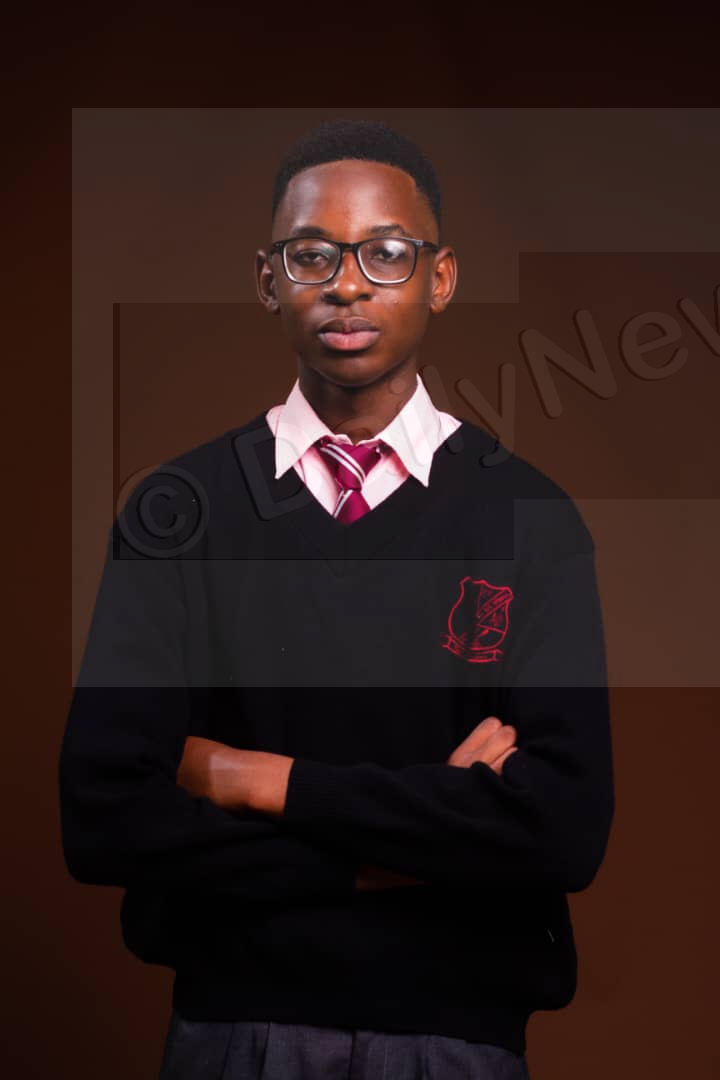Keeme Mosinyi Fine artist of repute
15 May 2019
After 30 years of serving government as a graphic designer, Mr Keeme Mosinyi is still attached to his natural talent in fine art, 15 years after retiring.
“I have trained as a graphic designer attaining a masters degree but my love for painting, using the traditional tools is deep rooted and will never fade away,” he said.
Mr Mosinyi, whose work is synonymous with the 1980s and the early 1990s, as his artworks were used on cover pages of primary school textbooks and other educational materials, has also left a lasting legacy by designing postal stamps portraying the traditional Tswana lifestyle and cultural practices for Botswana Post.
Now devoted to farming at his village of Shoshong, he still finds time to produce some artwork that has over the years represented the country’s culture and tradition in the global village.
Relating his talent in fine art in an interview, he was of the view that fine artists were not trained, but rather born with the talent that one revamped overtime.
Despite discovering his artistic talent at a young age while at primary school, he indicated that his ability became notable at secondary level.
“We used to have drawing lessons at primary school, but it was not a complete subject; it was only considered an extra-curricular activity,” he said.
After completing his primary education in Shoshong, Mr Mosinyi moved to Gaborone for his secondary education and even at secondary school, he said art was still in the form of a club, done after normal teaching hours and not compulsory.
In spite of the limited attention given to fine art, he continued harnessing his skill during his spare time.
“I was convinced that I could do better, and as such I was never deterred from continuing working on developing my natural talent,” he said, recalling that during one of the lessons conducted by a guest lecturer, there was a request for one of the pupils to draw a person tying shoe laces on the drawing board, and was the first to respond to the challenge.
“To my surprise, the packed GSS hall rose in applause for what I had produced,” he said.
After the presentation, Mr Mosinyi said he started getting attention from school authorities and that he decorated the walls of the school with his art work.
He added that his major breakthrough came after one of the teachers submitted his artworks for display at the NationalMuseum, adding that his art also received the full backing of the then GSS school head, Mr Motsepe.
He said later on he also caught the attention of a graphic designer at the then Ministry of Agriculture, where he landed a job after completing his Cambridge examinations. “We designed posters, flyers and other educational materials,” he said.
Although Mr Mosinyi was offered scholarship for further studies through his employer, it was not in line with his art, as it was not easy to get a scholarship for fine art.
He was therefore offered a scholarship in graphic design.
“At work I designed educational materials for agriculture, but during my spare time, I continued with my art and I continued exhibiting my works at the National Museum as well as producing art works for individual customers,” he said.
Mr Mosinyi also noted that in the past, postal stamps were designed by foreign artistes and his breakthrough came in the late 1970s.
“During the commemoration of the international year of the child, there was a request for an artwork portraying Tswana culture. I submitted my piece and the client was impressed,” he said.
He also recalled that in 1986, the United Nations office was looking for artworks portraying culture and the National Museum submitted one of his work of a postal stamp displaying culture.
Besides working under the graphics division at the Ministry of Agriculture, Mr Mosinyi worked with different publishers of educational materials, painting text books cover pages.
“I have worked with publishers such as Macmillan, Longman, Heinemann and Pula Press, doing school material illustrations and book covers. I did paintings for over 40 book covers,” he said.
He said one of his memorable artworks was of a police officer donning the old khakhi colonial uniform, which he donated to Maru-a-Pula Secondary School.
He said after producing the artwork, he was asked to produce more paintings of BDF officers putting on various military uniforms, adding that he has also done a lot of artworks for different government departments.
“I believe the move that was taken by government encouraging the purchase of locally produced products has resulted in the growth and consumption of my work. I am more focused on artworks displaying culture, tradition and lifestyle,” he said.
Despite working quietly, as he hardly exhibited his work or competed in various art competitions across the globe, Mr Mosinyi’s artistic skills did not go unnoticed.
In 2015, he was awarded a presidential certificate of honour and he was also commended by Botswana Post for his work.
Mr Mosinyi said he has observed growth in the art industry, as young talent started to blossom and even penetrate the global arena.
He observed that one of the rising fine artistes with potential was none other than Mr Wilson Ngoni, whom he saw in one of the local television programmes and was impressed by his work.
He said institutions such as Thapong Visual Arts Centre were doing a lot to develop local fine artists, adding that the annual Presidential Arts Competitions were also a platform that young artists must take advantage of to grow.
He said the industry was more competitive and that the advancement of technology has brought with it platforms for artistes to advertise their works.
Despite his remarkable artistic skills, Mr Mosinyi seems to have diverted focus to agriculture, as he said ‘I am now focused on agricultural production, I hardly produce art works except special clients 'requests.’ ENDS
Source : BOPA
Author : Moshe Galeragwe
Location : SHOSHONG
Event : Interview
Date : 15 May 2019





